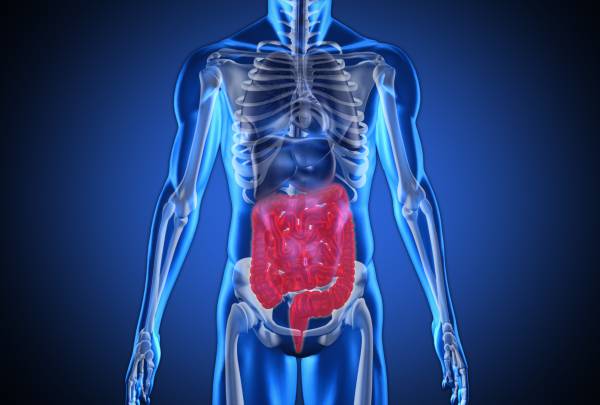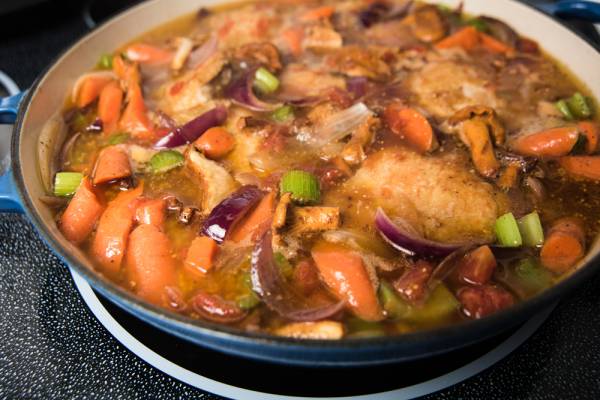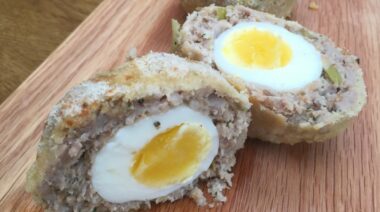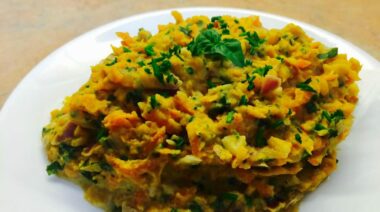The paleo diet has grown in popularity over the years due to its high success rates for weight loss and alleviating certain unwanted symptoms. But for every great testimonial we see, there is also someone out there who did not have the same success.
This does not mean those people should ditch the paleo diet for a life of gluttony. There may be some things they can do to help get the most out of the paleo diet.
First – Heal Your Gut
One major issue we often overlook is the state of our intestinal health. Through years of stress, poor sleep, poor food choices, environmental toxins, birth control, antibiotics, and even genetics, our gut health can become compromised. This is commonly referred to as “leaky gut.” This is when the microvilli in your intestines become dysfunctional and undigested protein particles enter the blood.
When these undigested particles enter the blood, it triggers an immune response. This immune response can present itself in a number of different ways. We develop skin conditions, bowel disorders, arthritis, and weight issues. Even diseases like type 1 diabetes and autism have been linked to autoimmunity issues.
“If you took up a paleo diet and have not had the success you anticipated, do not give up. It does not mean the paleo diet is not for you.“
Most of us take up a paleo diet in hopes of fixing our intestinal health. But sometimes this just does not go as planned. We stop eating dairy, legumes, and wheat, but still experience symptoms. We then decide the paleo diet is not right for us and continue to chase after that perfect diet, only to come up short with each attempt.
But our digestive system just may not have been ready for the full-blown paleo diet. If our gut microbiome is compromised, then so is our digestion and our immune response. This means we can continue to suffer the same symptoms even while eating healthy foods.
Second – Ditch Your Trigger Foods, Even If They’re “Healthy”
Some people think the food that triggers their symptoms might be the eggs, or the nuts, or the nightshades. These are all common allergens, but that does not necessarily mean they are definitely your trigger food.

Gut health is very individualized and with that comes an individualized immune response. In order to tell what is causing symptoms, we need to first eliminate any suspicious items and then try reintroducing them. Since it could be a number of different foods causing problems, it is best to remove as much as possible in the beginning. This is the fastest way to identify problematic foods.
This can be a difficult process in the beginning, but I assure you it will be worth it in the end. When we go paleo, we remove grains, dairy, legumes, refined oils, and soy. But to test out a full elimination diet, we should also remove vegetables high in FODMAPs, cruciferous vegetables, fruit, nightshades, starch, eggs, nuts, seeds, and spices. All of these foods can cause irritation to our gut lining and continue to feed any negative gut bugs. I know this is a lot, but bear through it for a month’s period in time. In the long run, this is not that long to feel better.
The diet for the first month should consist of plenty of meat, fish, and bone broth. Healthy fats such as ghee, coconut oil, and extra-virgin olive oil can be used. For seasoning, use cinnamon, lemon juice, apple cider vinegar, and fresh herbs. It doesn’t sound like a lot, but by varying combinations you can keep from getting bored for a month.
During this time, be sure to always cook your vegetables and utilize more gentle cooking practices for meats, fish, and veggies. This can include boiling, steaming, and utilizing a slow cooker. Make sure your food is cooked well, as this will aid in the digestion of nutrients. It may be a good idea to add in some digestive support, too.

At mealtime, your plate should contain six to eight ounces of protein and two to three servings of vegetables. Beverages should include plenty of water. You can add lemon for taste and also drink herbal teas.
After the month is over, begin to reintroduce foods. Try just one food at a time and pay attention to how you feel over the following three or four days. I recommend one new food per week. This will allow you to definitively identify problematic foods.
All in all this process of elimination and reintroductions can take up to six months, but again, it is worth it in the long run. The majority of people who undergo an elimination diet also see an elimination of their unwanted symptoms within 24-48 hours. That alone may make the sacrifice worth it.
“If our gut microbiome is compromised, then so is our digestion and our immune response. This means we can continue to suffer the same symptoms even while eating healthy foods.“
During this process, I recommend everyone take a high quality probiotic. Probiotics can help to lay a foundation for our good gut bugs to grow in number and balance out. There are also some great resources out there for those looking to attempt an elimination diet:
- Gut and Psychology Syndrome by Natasha Campbell-McBride
- Digestive Health with Real Food by Aglaee Jacob
- The Paleo Approach by Sarah Ballantyne
Stick With the Process
If you took up a paleo diet and have not had the success you anticipated, do not give up. It does not mean the paleo diet is not for you. I truthfully believe it is the best approach for everyone. You just may need to do a little extra work to optimize it to your own individual needs.
Check out these related articles:
- The Paleo Mystique: Deciphering “Paleo” Eating
- A Paleo Primer: Benefits, Limitations, and Misconceptions
- Grok Didn’t Eat Oatmeal and Other “Directionally Accurate” Paleo Myths
- What’s New On Pulse Beat Fit Today
Photos courtesy of Shutterstock.






